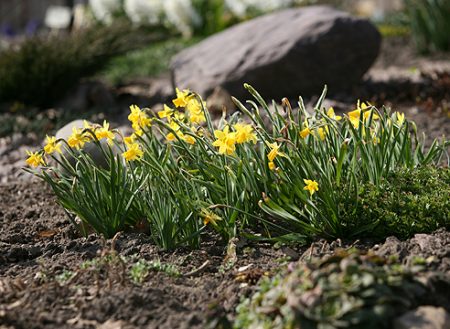 If in the spring and in the beginning of summer yellow or simply light daffodils bloomed in your area, then soon you will ask yourself an urgent question. This question concerns when to dig daffodils after flowering. In one place you can’t grow these flowers for longer than five years.
If in the spring and in the beginning of summer yellow or simply light daffodils bloomed in your area, then soon you will ask yourself an urgent question. This question concerns when to dig daffodils after flowering. In one place you can’t grow these flowers for longer than five years.
Daffodils do not have to be dug up every year, but, before planting the bulbs you should always be careful about choosing a place where the flower will grow. These plants love the sun, although they also tolerate partial shade. It is important that there are enough nutrients in the soil. As for the land itself for growing daffodil flowers, it can be neutral or slightly acidic.
About the timing of dug daffodils
Today, on the net, even on numerous videos, you can find a lot of useful information about when to dig daffodils after flowering. But why waste your personal time watching a video if the main points are outlined in detail in our material.
Digging Bulbs not necessary to spend every year. But you need to inspect it, because the signal for digging out is that the nest of bulbs has become huge and it is difficult for him to be in the old place. Outwardly, the situation that daffodils must already be dug up is also possible: in the new season, the number of flowering shoots has significantly decreased.
Important! As soon as the leaves begin to turn yellow and the stems fall to the ground - this is a sure sign that the bulbs of a daffodil can already be dug up. It’s better to do it earlier, because later digging negatively affects the quality.
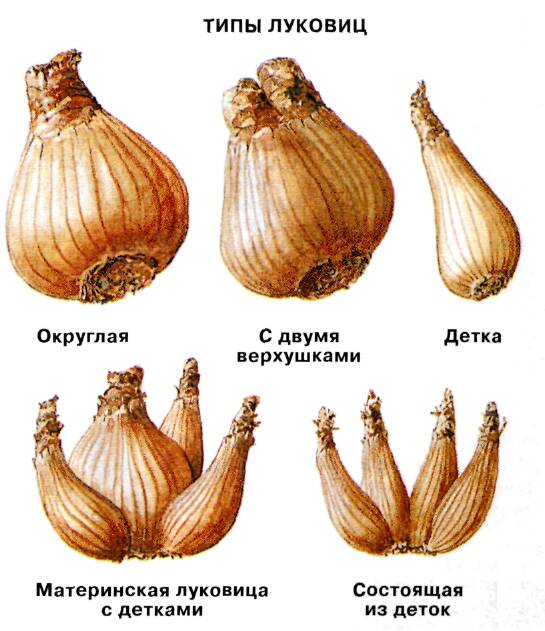
So, each gardener can determine the moment when to dig daffodils after flowering in the open ground. To do this, just look at the plant. If the stems have laid down, and the leaves have turned yellow (or have already dried), then the bulbs of the plant are ready for extraction from the ground. As a rule, this happens somewhere in the second third of June.
How to care for onions
But in time to get the bulbs of daffodils from the ground - this is still half the story. Planting material must be properly processed and stored for future planting. At first there will be enough visual study. Those bulbs that are affected by diseases and pests need to be thrown out (best of all, burned).
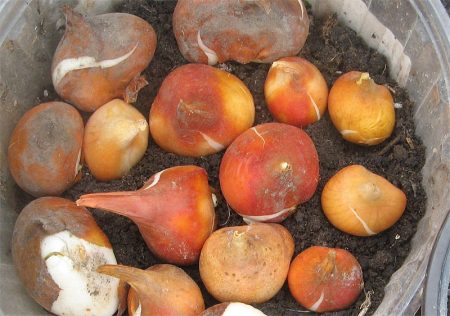
Selected healthy bulbs of the plant must be cleaned of the earth of old roots, washed carefully in warm water. Next, soak the bulbs for 20 minutes in a weak solution of potassium permanganate. Then dry in the open. When the bulbs dry, you can send them to a place protected from the sun. The ideal temperature for storing daffodil bulbs is 17 degrees Celsius.
When the time comes to plant bulbs in the ground, it is best to do this with asymmetric groups. We should talk about transplanting daffodils separately, which will be done in the second part of this material.
Important! Bulbs of daffodils are planted much earlier than many other bulbous flowers on the site. The process must be dealt with already in late August or early September. Do not drag out. Do you know, why does garlic turn yellow in spring and what to do?
Daffodil transplant:
- A transplant should be done in late August or during September. Then the bulbs can take root before the onset of frost, but, at the same time, do not begin to grow even this season.
- Soil depth and bulb size affect the depth of planting. As a rule, the depth should be three times the height of the bulb itself. This is somewhere around 15-30 centimeters on average.
- The land must be fertilized before planting.Bulbs should be put in already prepared holes, at the bottom of which there is a bit of sand (this is an additional drainage). Immediately after planting, the holes with daffodils can be watered a little, cover the soil with dry grass from above, this will protect the planting material from freezing.
- Get rid of weeds during the season, loosen the soil and constantly water the soil. Immediately after the snow melts in the spring, you will need to fertilize each hole with compost with humus (inorganic fertilizers can be used, but they should be light).
- Fertilizers of mineral composition need daffodils, but only during the period of bud ovary, and also immediately after flowering.
- Leaves must not be torn off or removed: they must be left to dry completely. If you ignore this basic advice, then your daffodils simply will not bloom next year.
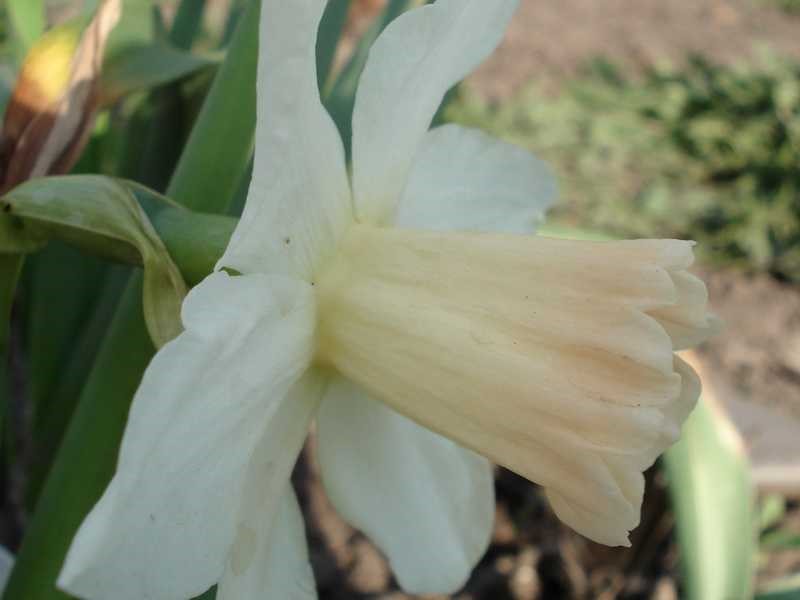
As you can see, for a lush and beautiful flowering, it is important not only to know when to dig daffodils after flowering, but how to properly store, process, and then transplant them. After reading this compact material, questions about the care of the bulbs of this beautiful flower simply should not remain.

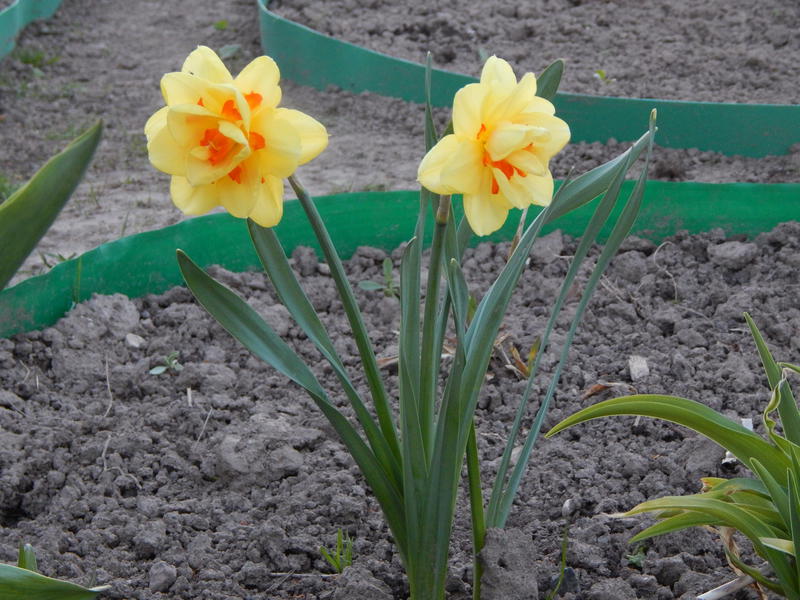
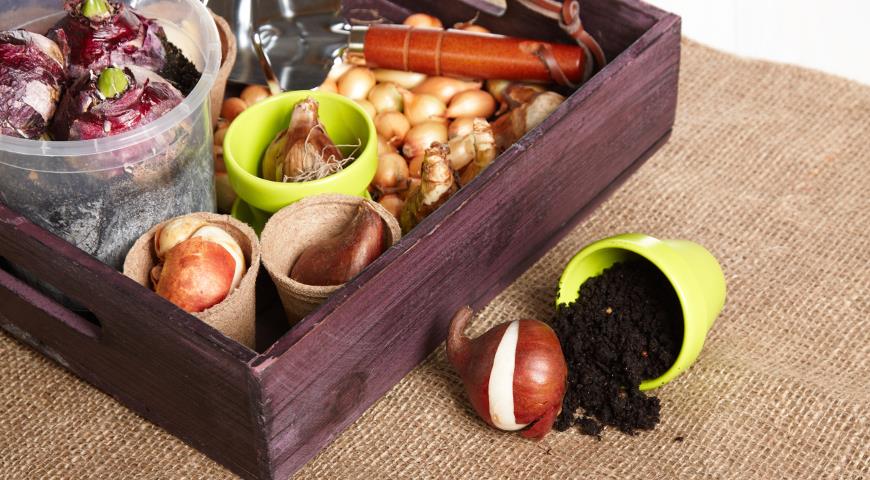
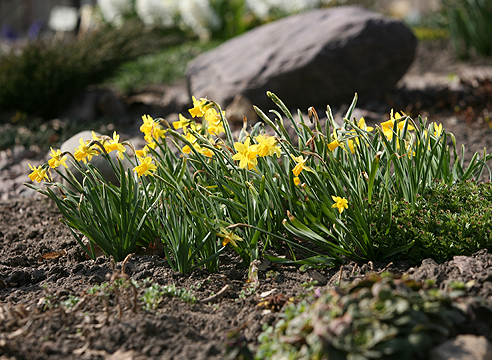
On